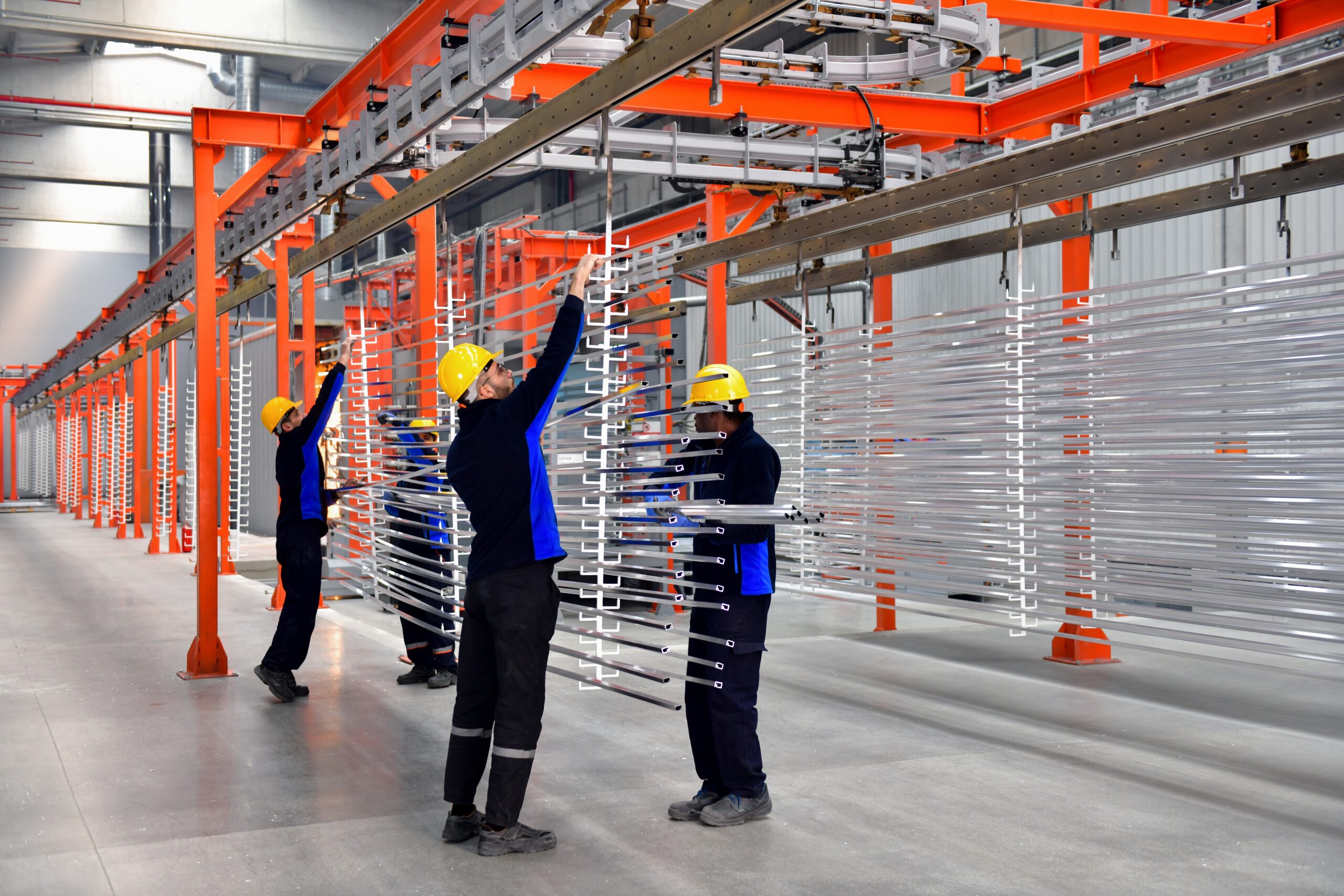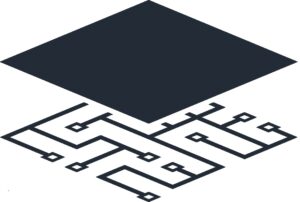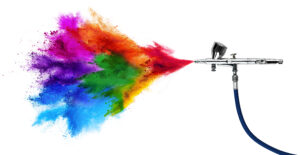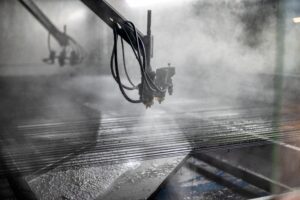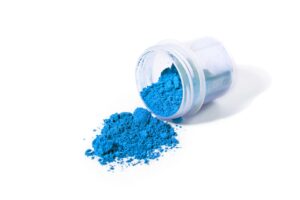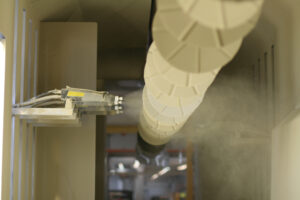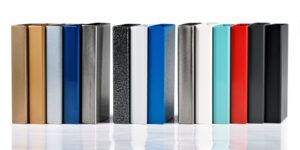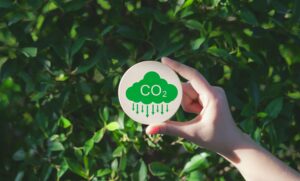The History and Evolution of Powder Coating: How an Industry Transformed Over the Years
Powder coating has become synonymous with durable, high-quality finishes across a diverse array of industries—from automotive parts and household appliances to architectural elements and industrial machinery. This environmentally friendly and cost-effective process has grown from humble beginnings into a sophisticated, automated industry. In this post, we trace powder coating’s journey—from its early experimental days to its current state-of-the-art applications—and explore how innovations in powder coating technology and materials have redefined surface finishing.
Early Beginnings: From Flame Spraying to Fluidized Beds
The roots of powder coating stretch back over 70 years. Before the advent of powder coatings, liquid paints dominated the finishing world, even though they were fraught with issues like solvent emissions and uneven coverage. In the early 1940s, manufacturers experimented with flame spraying—a technique where thermoplastic powders were directly applied onto metal surfaces using heat. Although flame spraying offered a new approach, it was neither efficient nor environmentally friendly.
A pivotal breakthrough came in the early 1950s in Europe. German scientist Dr. Erwin Gemmer is credited with laying the groundwork for modern powder coating by developing the fluidized bed process. By heating thermoplastic resins and immersing preheated metal substrates into a fluidized bed of powder, Gemmer’s process enabled a more uniform and adherent coating. His patent, issued in 1962, marked the beginning of a more practical and reproducible method for applying coatings without the need for volatile solvents. This innovation not only improved coating efficiency but also minimized environmental hazards associated with traditional liquid paints.
The Advent of Electrostatic Application
In the decades following Gemmer’s innovation, the focus shifted toward refining the application process. By the 1960s, researchers began experimenting with electrostatic spraying techniques. Instead of relying solely on heat to fuse powders onto substrates, engineers discovered that by electrically charging the powder particles, they could achieve more precise and even coverage.
This breakthrough came as a response to growing environmental concerns. As governments worldwide, particularly in the United States, began to impose stricter regulations on solvent emissions, such as the “Clean Air Act”, manufacturers looked for cleaner alternatives. The adoption of electrostatic spray guns allowed for the powder particles to be attracted to grounded metal surfaces, ensuring that even complex shapes were coated uniformly.
With electrostatic application, the process became not only cleaner but also more versatile. The controlled deposition of powder allowed manufacturers to fine-tune film thickness and achieve decorative as well as functional finishes. This period marked a crucial transition from experimental techniques to a method that would soon gain global commercial traction.
Commercial Expansion and Global Adoption
By the late 1960s and early 1970s, powder coating was rapidly gaining popularity. Initially used mainly for functional applications—providing electrical insulation, corrosion resistance, and abrasion protection—the process soon found its way into various commercial settings. Manufacturers in North America, Europe, Japan, and beyond began to adopt powder coating as a preferred finishing method, attracted by its environmental benefits and improved performance over liquid coatings.
Environmental pressures played a significant role in the commercial expansion of powder coatings. As liquid paints were increasingly scrutinized for their high levels of volatile organic compounds (VOCs), powder coatings offered a cleaner alternative that not only met regulatory requirements but also reduced cleanup costs. The growing emphasis on eco-friendly manufacturing practices catalyzed the shift, making powder coating the finishing process of choice in many industries.
Technological Advancements in Materials and Equipment
The evolution of powder coating did not stop with its adoption. Manufacturers and researchers continued to push the boundaries of what was possible. A key focus area was the development of new resin chemistries and additives, which broadened the range of applications. Early formulations, often based on epoxy or polyester resins, were primarily used for functional coatings. Over time, innovations led to the introduction of hybrid resins, polyurethanes, and even UV-curable powders that expanded the aesthetic possibilities of powder coatings.
Improvements in equipment were equally transformative. Modern powder coating lines now feature high-efficiency electrostatic guns, precise temperature-controlled curing ovens, and automated conveyor systems. These technological advancements have dramatically increased transfer efficiencies, reduced waste, and shortened cure times. The ability to reclaim overspray and recycle unused powder further enhanced the economic and environmental appeal of the process.
Automation has played a pivotal role in the evolution of powder coating. Early lines required manual adjustments and significant operator skill, but today’s automated systems—often integrated with robotics and real-time process control—ensure consistency and quality even at high production speeds. For instance, in industries where color changes are frequent, modern systems can switch colors in a matter of seconds, maximizing efficiency without sacrificing performance.
Modern Powder Coating: A Benchmark for Quality and Sustainability
Today, powder coating stands as a benchmark for quality finishes. Its advantages over traditional liquid coatings are numerous. Powder coatings provide a thicker, more uniform finish without the risk of sagging or dripping, making them ideal for both decorative and protective applications. They offer excellent resistance to chipping, scratching, and corrosion, thereby extending the service life of coated products.
Moreover, powder coating is inherently environmentally friendly. Without the use of solvents, the process produces minimal VOC emissions—a critical factor in meeting contemporary environmental regulations and sustainability goals. Industries ranging from automotive to architectural are increasingly opting for powder coating, attracted by its long-term cost-effectiveness and reduced ecological footprint.
The versatility of powder coating is also noteworthy. With advancements in resin chemistry, manufacturers now offer a vast palette of colors and textures. From high-gloss finishes to matte, textured surfaces, powder coatings can be tailored to meet both functional and aesthetic requirements. Furthermore, innovations such as UV-curable powder coatings have expanded the range of substrates that can be treated—extending the benefits of this technology to plastics, composites, and even certain wood products.
Industry experts and providers like Rhinehart Finishing underscore the continual advancements and the breadth of applications now possible. Their work in refining powder coating processes demonstrates how technology and innovation continue to drive the industry forward.
Future Directions: Automation, New Materials, and Beyond
Looking ahead, the future of powder coating appears both dynamic and promising. Continued advances in automation and process control are expected to further optimize efficiency and product quality. The integration of smart sensors and real-time data analytics will allow for predictive maintenance and more precise control over the coating process. As manufacturers seek to reduce human error and increase throughput, robotics will likely play an even larger role in production lines.
The development of new powder formulations will also be a key focus. Research is underway to create powders that can cure at lower temperatures, which is especially important for coating heat-sensitive substrates. Innovations in UV-curable and low-bake powder coatings promise to widen the range of materials that can be finished with this technology, potentially including non-metal substrates that were once considered challenging to coat.
Sustainability will remain a driving force as well. With governments and industries worldwide committed to reducing environmental impact, powder coatings—with their low VOC emissions and recyclability—are well positioned to meet future demands. Companies are not only looking to improve the performance of the coatings but are also investing in greener production methods and materials that will contribute to a more sustainable manufacturing ecosystem.
Powder Coating’s Broad Impact on Industries
The influence of powder coating extends across multiple sectors. In the automotive industry, for instance, the technology is used for both under-hood components and exterior trim, offering a finish that withstands high temperatures, corrosive elements, and mechanical wear. Similarly, in the appliance sector, powder coatings are applied to refrigerators, washing machines, and other household items, providing a durable and attractive finish that resists scratches and chips.
Architectural applications have also embraced powder coating, particularly in the finishing of aluminum extrusions, window frames, and curtain walls. The ability to apply vibrant, long-lasting finishes without the environmental drawbacks of traditional paints has made powder coating a preferred choice in construction and infrastructure projects.
Industrial equipment and machinery benefit from the robust protective qualities of powder coatings, which safeguard against corrosion, abrasion, and chemical exposure. As production volumes continue to grow globally, the demand for reliable, eco-friendly coating solutions has never been higher.
From Humble Beginnings to Modern Day Powder Coating
From its experimental origins in the 1940s to its current status as a high-tech, environmentally sustainable finishing process, powder coating has undergone a remarkable evolution. Innovations in application techniques—from flame spraying to fluidized beds and electrostatic deposition—have paved the way for an industry that is now characterized by automation, advanced material science, and rigorous environmental standards.
How coatingAI is Driving Technological Advancements in the Powder Coating Industry Today
At coatingAI, we stay at the forefront of progress, driving technological advancements for the powder coating industry in the 21st century. We are integrating artificial intelligence into various stages of the coating process, thereby enhancing precision, efficiency, and sustainability. Our flagship product, Blueprint™ OS, serves as a comprehensive solution that optimizes coating systems through several key functionalities:
- Powder Equalization: Ensures uniform powder distribution across all spray guns, leading to consistent coating thickness and reduced waste.
- Spray Calibration: Tailors spray patterns and reciprocator settings to the specific powders in use, minimizing inconsistencies and defects in the coating process.
- Closed Loop Optimization: Automates real-time adjustments based on continuous monitoring, maintaining optimal performance without manual intervention.
- Predictive Maintenance: Utilizes AI to anticipate equipment failures before they occur, reducing unexpected downtime and maintenance costs.
- Health Check: Conducts comprehensive assessments of the powder coating system to quickly identify issues and ensure that all components are operating within optimal parameters.
- Fine Tuning Module: Provides precise, periodic adjustments to maintain consistent coating quality and system efficiency, minimizing downtime and manual intervention.
Today, powder coating is not just about protecting metal surfaces; it’s about achieving a superior finish that enhances aesthetics, durability, and overall product performance. With continuous advancements in equipment automation and sustainability initiatives, the future of powder coating looks brighter than ever. As industries worldwide embrace greener practices and demand higher-quality finishes, powder coating will undoubtedly remain at the forefront of surface finishing technology.
In celebrating its storied past and looking ahead to a future defined by innovation, we gain a deeper appreciation for the pioneers and breakthroughs that have transformed powder coating from a niche process into a global industrial standard. Whether you’re an engineer, manufacturer, or simply someone interested in the evolution of industrial processes, the history of powder coating offers valuable lessons in ingenuity, sustainability, and the relentless pursuit of improvement.
Feel free to reach out and learn more about how we drive progress at coatingAI!

